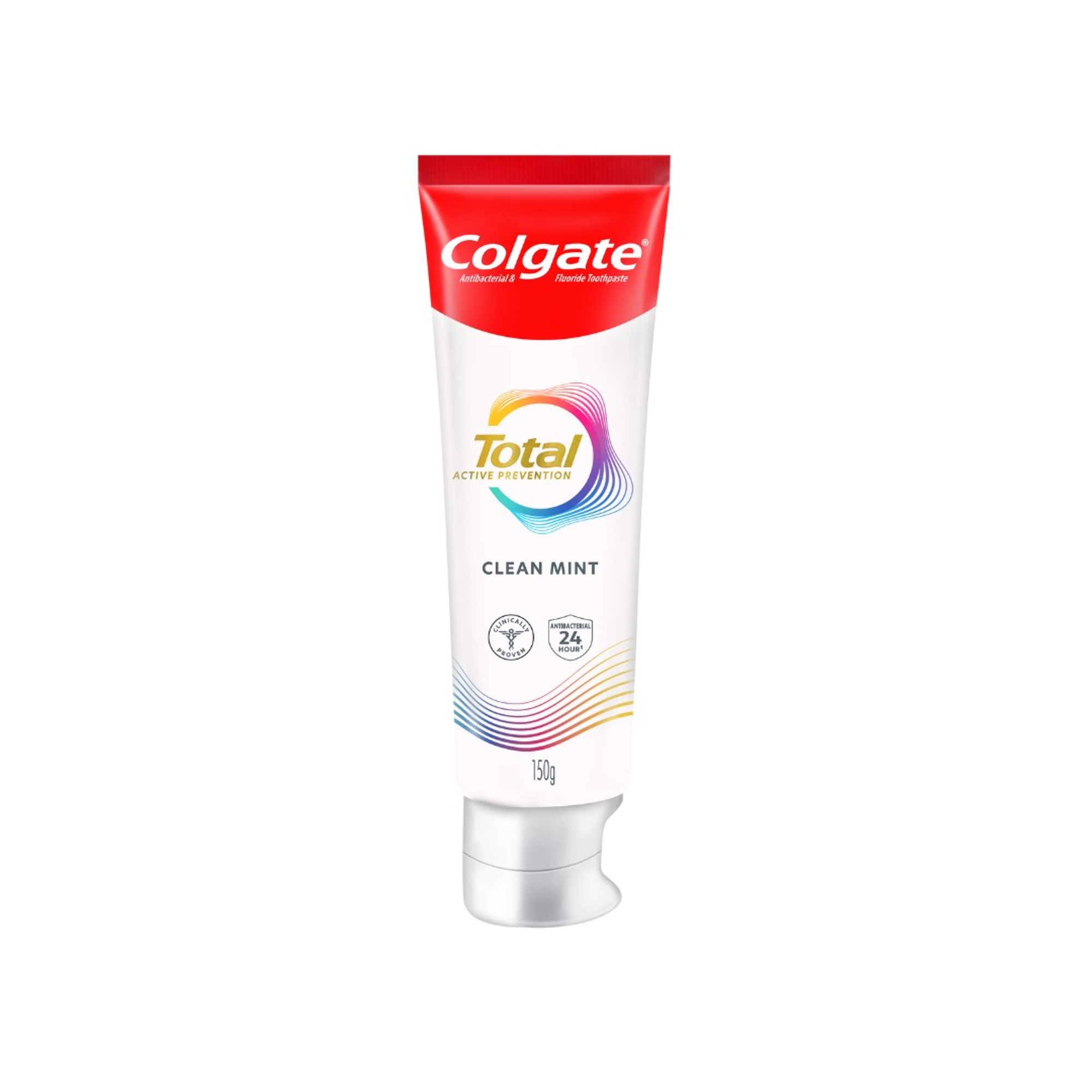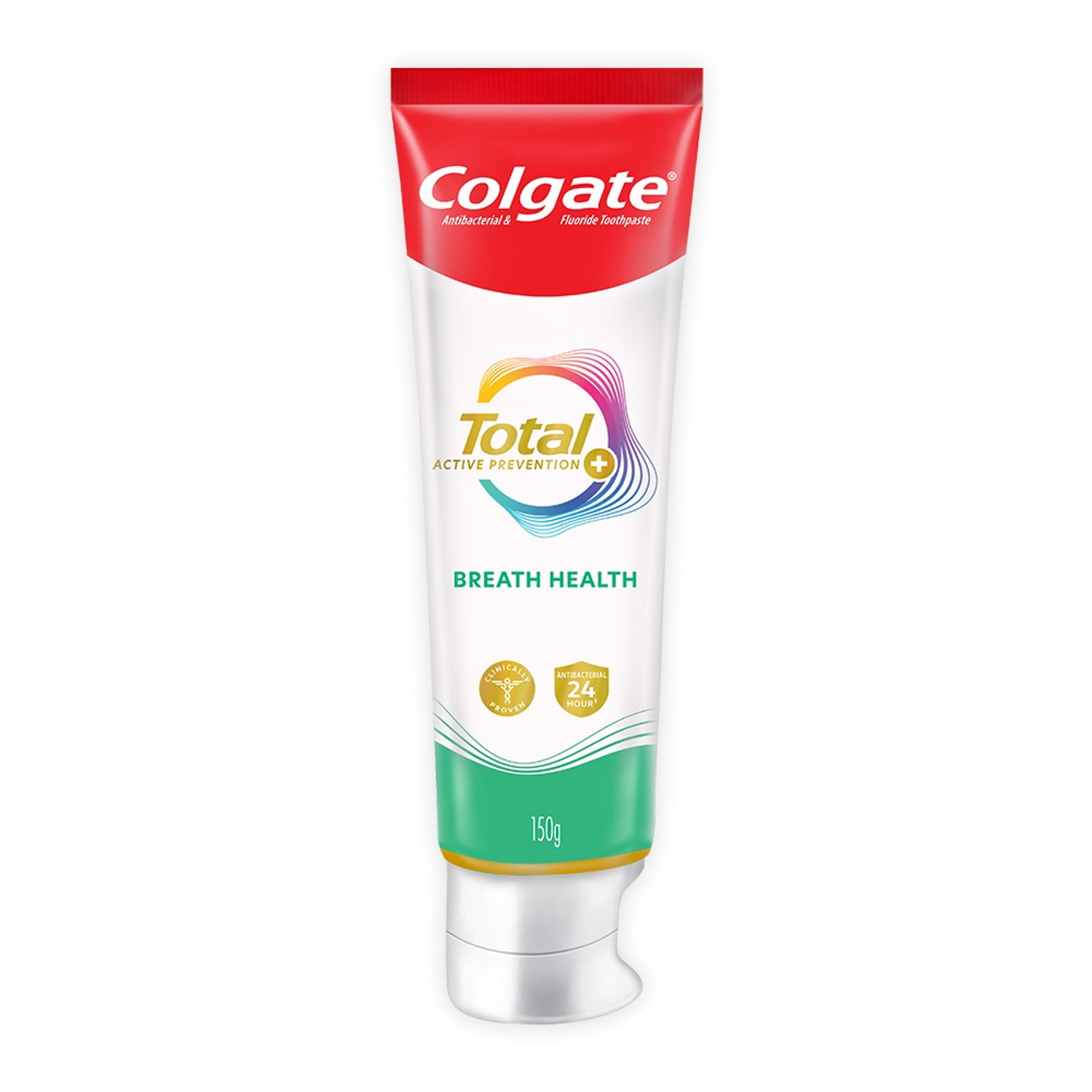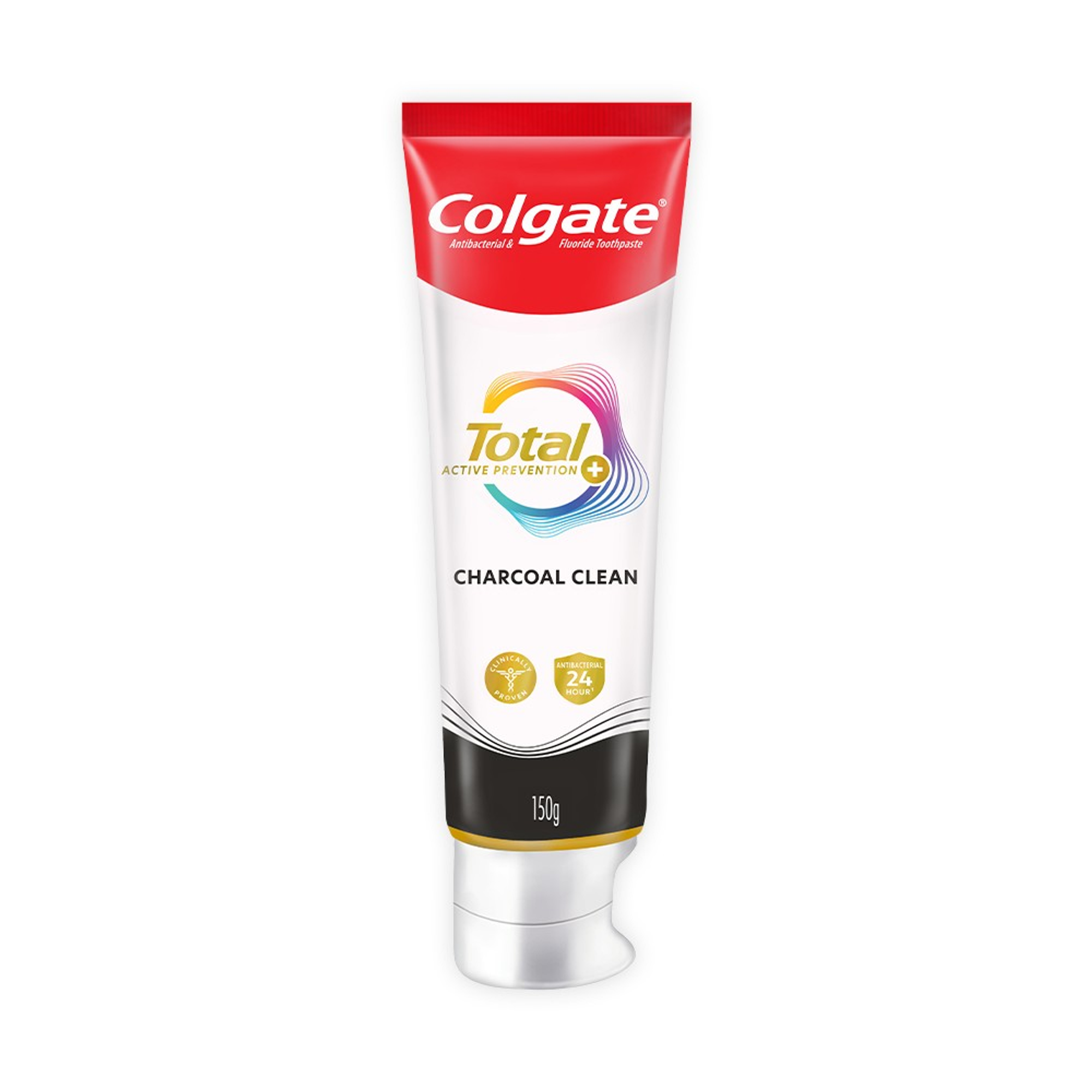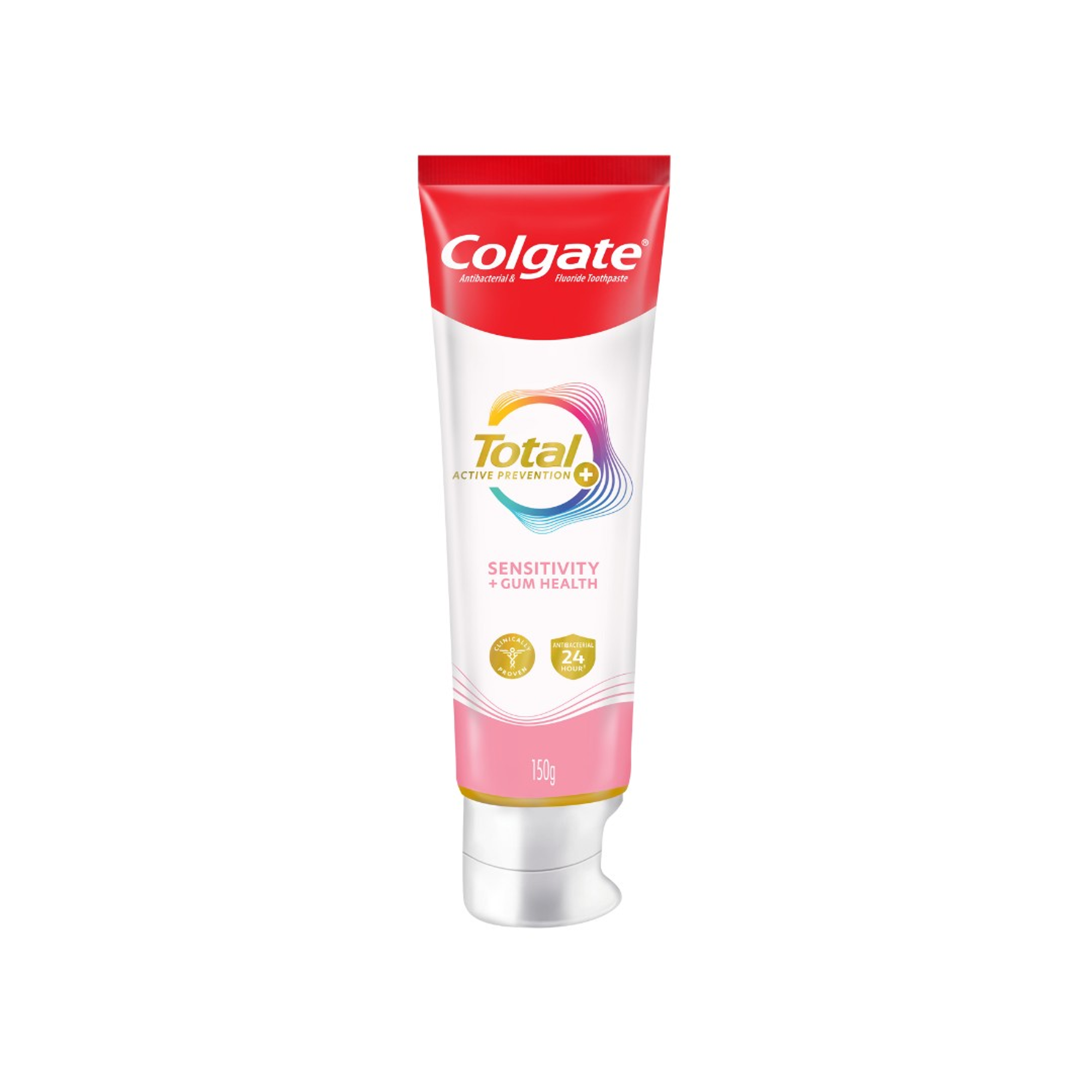-
-

ADULT ORTHODONTICS
Should You Use Mouthwash Before or After Brushing?Brushing and flossing are the foundation of a good oral hygiene routine, but mouthwash can also be a useful addition...

SELECTING DENTAL PRODUCTS
Soft Vs. Hard Toothbrush: Which One Should You Use?The toothbrush has come a long way. As the American Dental Association (ADA) notes...
-
Science & Innovation


Gum Sensitivity
Gum sensitivity is some form of irritation that originates from your gums. It can sometimes be mistaken for tooth sensitivity. We're more prone to notice pain concerning our teeth rather than consider our gums as the source. But with time, you may realize that the location of your sensitivity is in your gums and hasn't reached your teeth.
If you believe you have gum sensitivity, there are a few particular symptoms to look out for. Gum sensitivity can result from gingivitis, an inflammation of the gums that signals the gum disease's initial stage.
Some signs of gingivitis are:
- Swollen and tender gums
- Gums that easily bleed and appear reddish
- Bad breath
Receding gums is a condition to watch for as gingivitis progresses into a more advanced form of gum disease. With gum recession comes discomfort. Gum sensitivity resulting from gingivitis or periodontal disease (an advanced form of gum disease in which your teeth may loosen) is typically caused by inadequate oral hygiene. Plaque is the main culprit of this sensitivity. As it builds up along your gumline, it hardens and turns into tartar, which will progress into advanced gum disease if left untreated. While poor oral hygiene is the largest contributor to gum disease, more risk factors include diabetes, tobacco use, poor nutrition, obesity, genetics, and even hormonal changes, like during pregnancy.
Tooth Sensitivity
Tooth sensitivity is a common occurrence and has some noticeable symptoms of its own. If you find yourself nangingilo, or wincing when brushing or flossing your teeth, eating or drinking something cold, or even when consuming food or liquids that are hot, acidic, or sweet, you are experiencing tooth sensitivity.
Tooth sensitivity has several potential dental causes, some of which are similar and to gum pain, as observed by the ADA.
Tooth sensitivity causes include:
- Cavities and tooth fractures
- Receding gums
- Loose fillings
- Gum disease
- Grinding your teeth
- Brushing your teeth too hard
The above list can cause dentin, the inner layer of our teeth, to become exposed. Above the roots, the protective layer known as enamel covers our teeth. Below the roots, they're covered by a slightly different protective layer known as cementum. If something wears away or damages these protective layers, that's when dentin is at risk of becoming exposed. Once there's dentin exposure, tooth sensitivity is triggered.
Treatment and Prevention
Although gum and tooth sensitivity can lead to severe mouth health issues, both are treatable and preventable. While they can sometimes be confused for the other, they do have some different causes and symptoms. But the key to both gum and tooth sensitivity prevention is the same: practice an excellent oral care routine.
This starts with brushing your teeth twice a day. It's helpful to use a toothpaste with many benefits that fight plaque and gingivitis – two culprits leading to sensitive gums and teeth. Cleaning between your teeth (also known as interdental cleaning) once a day will get the hard-to-reach bacteria that turn into plaque. You may be averse to picking up flossing as a daily habit if you have gum sensitivity between the teeth. Trying other forms of interdental cleanings, like using a water flosser, may feel less harsh on your mouth but still be just as effective! Maintaining a nutritious diet, not smoking, wearing a mouthguard if you grind your teeth, and other preventive measures also help keep your mouth healthy.
Your dental professional may recommend applying a desensitizing serum or fluoride varnish during your dental visit to help reduce your tooth sensitivity. A desensitizing toothpaste and prescription-strength fluoride toothpaste are common at-home treatments for sensitive teeth. While enamel can't grow back, it's critical to start dealing with the issue of tooth sensitivity as soon as you discover it. Other options for minimizing tooth and gum sensitivity may include bonding, gum grafting, and a root canal. As always, your dental professional is a wealth of knowledge on these subjects. They can walk you through the steps that are necessary to reduce your gum and tooth sensitivity.
By continuing regularly scheduled dental checkups, committing to a rigorous oral care routine, and doing everything you can to live a healthy lifestyle, you're mitigating all chances of pangingilo in your teeth and gums!
Related Articles

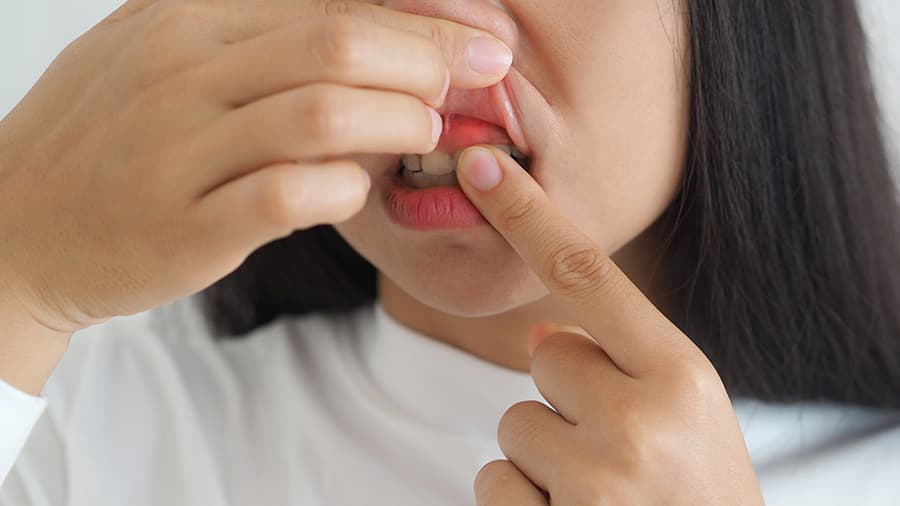
A periodontal abscess is a painful gum infection caused by bacteria in deep pockets around teeth, linked to swelling, redness, and severe discomfort.

White patches on gums are whitish spots that may signal thrush, leukoplakia, canker sores, or gum irritation. Learn the common causes and risks
Related Products

Helping dental professionals
More professionals across the world trust Colgate. Find resources, products, and information to give your patients a healthier future




